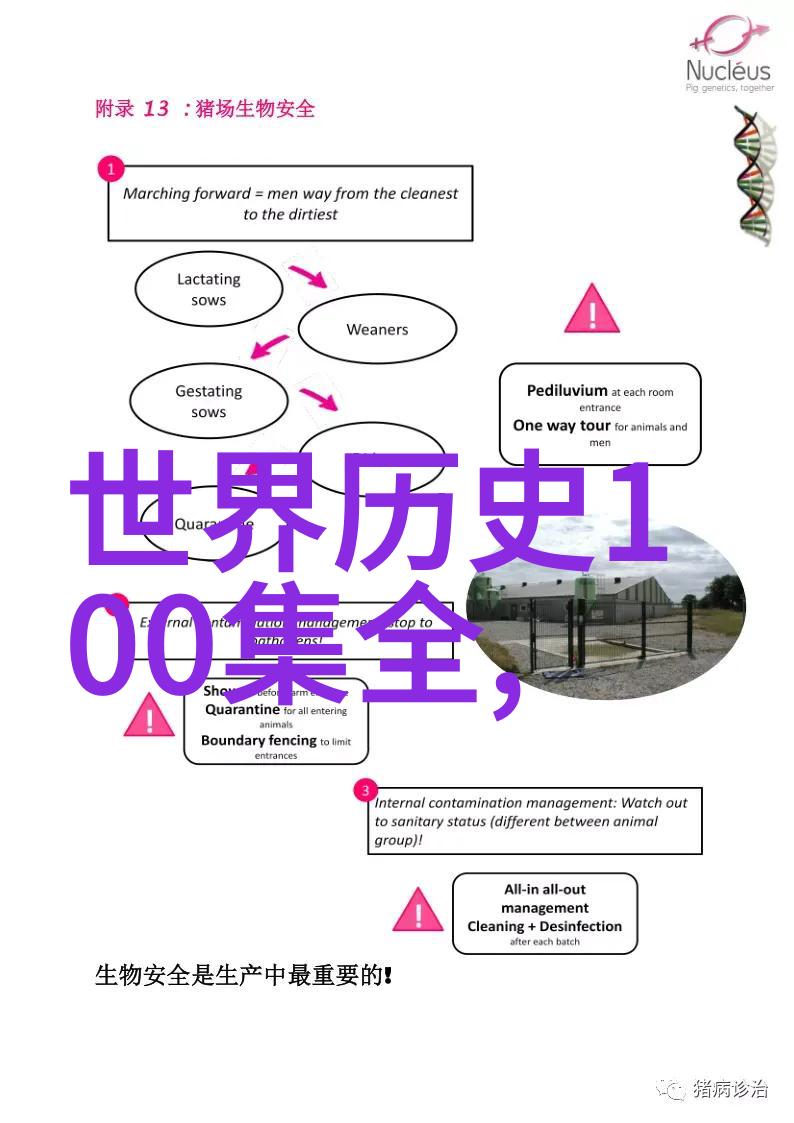碧波涌动:宋齐梁陈的历史韵律

在中国悠久的历史长河中,有一段时间被称为“南北朝”,这一时期分为北方和南方两个部分,分别是由鲜卑族建立的十六国,以及汉族所建立的四个朝代。其中,宋、齐、梁、陈这四个朝代,是南方地区的一系列政权,它们以其独特的地理位置和文化风貌,在那个动荡而多变的时代里留下了深刻印记。
第一波浪:刘宋与魏晋衰落

刘宋是由刘裕于420年篡夺了东晋皇位所建立的一个短暂但又重要的政权。它标志着一个新的时代开始,一个从中央集权到地方割据转变过程中的新阶段。在这个时期,由于战乱频繁,大量人口流离失所,而农村经济也遭受严重破坏,这些都使得社会稳定难以维持。
第二波浪:萦绕不去的齐国梦想

齐国作为一种政治实体,其存在并不长,但却给后世留下了一种特殊的情感寄托。它是一个充满希望与挑战的小小王国,其先主拓跃帝(高洋)虽然只是东海王,却有着超凡脱俗的大才华。他倡导文治武功并重,以文学艺术来彰显自己的豪迈气概,从而赢得了民心。但最终,他未能实现统一大业,最终只能成为历史上的一个插曲。
第三波浪:梁室之光

梁朝是中国古代最后一个本土民族建立的大型国家之一,它以文化昌盛著称,被誉为“当时天下第一”的美誉。梁武帝萧衍曾经组织过一次大规模的人文工程——《白马篇》,在此基础上创立了“诗书画”三艺,并且极力提倡佛教,使得文化事业得到空前的发展。此外,梁朝还推崇儒学,对后来的唐朝产生了深远影响。
第四波浪:沉默中的陈氏江山

陈亡于589年,是南京城内最后一位皇帝陳頊被隋军攻破后宣布结束。这一时期由于战争连连不断,一直处于紧张状态,不仅国内局势混乱,而且与北方各诸侯国之间也保持着持续性的冲突。而最终,该政权因内部矛盾加剧及外部压力日益增大的原因,最终崩溃告结束。
总结:
Song, Qi, Liang and Chen - these four dynasties are like the waves of a river, each with its own unique characteristics. They were all established in southern China during the Northern and Southern Dynasties period (386-589 AD). This era was marked by frequent wars and social upheaval, but it was also a time of great cultural flourishing. The art, literature and philosophy of this period had a profound impact on later Chinese history.
The Song dynasty began as an attempt to restore order after the fall of the Eastern Jin Dynasty. It was founded by Liu Yu who seized power from the last emperor of Eastern Jin in 420 AD. Although it lasted only for about 40 years, it laid the foundation for future dynasties.
The Qi dynasty is perhaps best known for its founder Gao Yang who rose to power despite being born into humble circumstances. He united various warring states under one rule and established his capital at Jiankang (modern-day Nanjing). His reign saw significant economic growth but he failed to achieve his dream of reunifying China under one rule.
The Liang dynasty is often described as "the most prosperous" among all four dynasties due to its cultural achievements. Its ruler Xuanzong Emperor (Emperor Wu) promoted Confucianism and supported artists such as poet Bai Juyi who became famous during this time.
Finally there's Chen which came to an end when its last emperor Chen Shubao surrendered to Sui forces in 589 AD bringing an end to more than two centuries of division between north and south China.
In conclusion, Song, Qi, Liang & Chen represent different aspects of that tumultuous yet vibrant era when South China tried hard to hold on against numerous challenges while striving towards greater unity & prosperity through arts & culture




